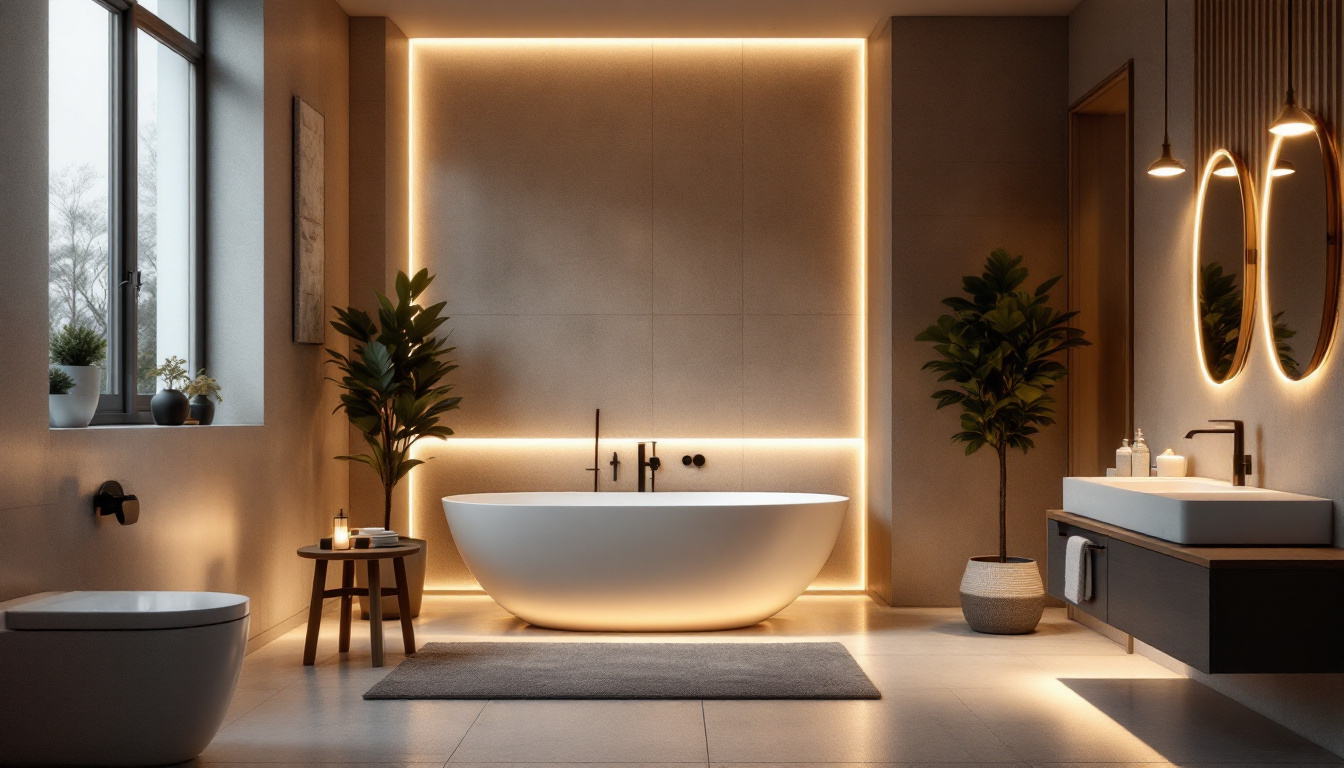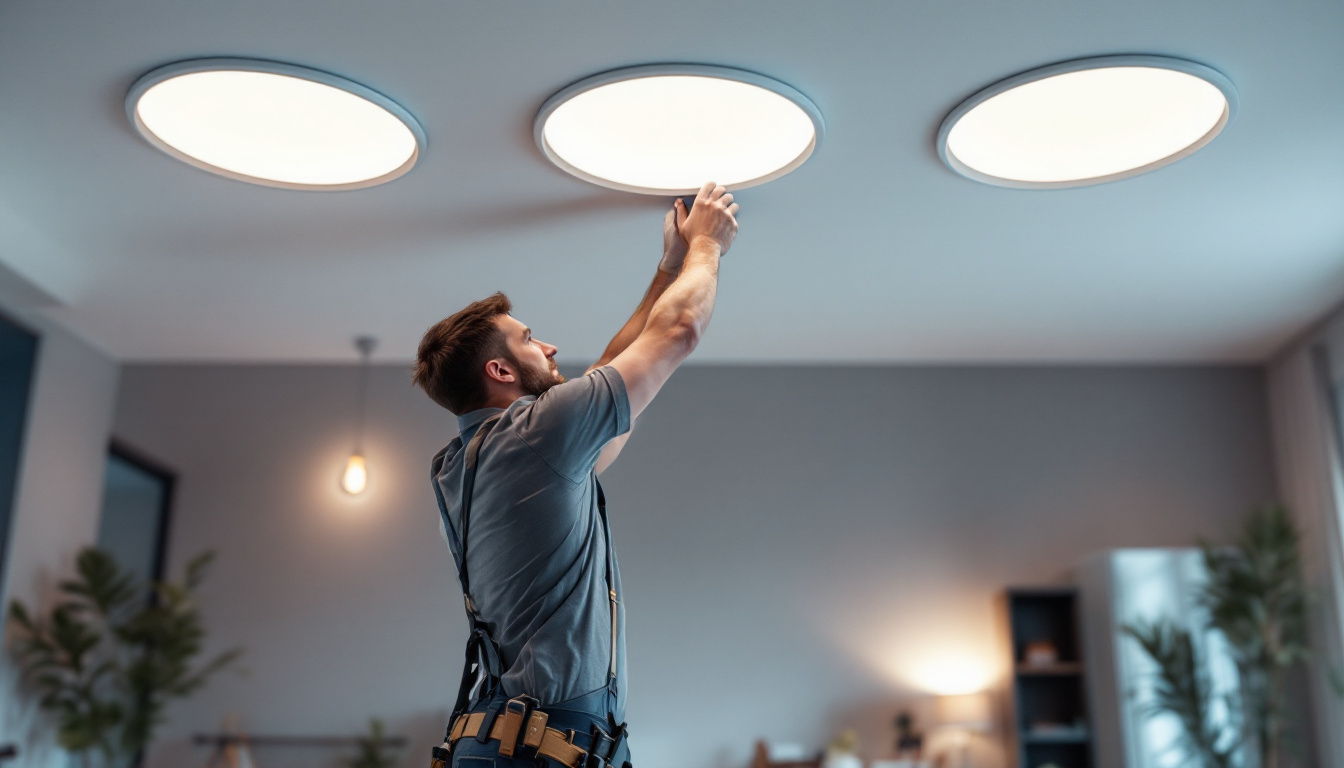
When it comes to electrical installations, especially in lighting projects, the importance of using appropriate covers for electrical boxes cannot be overstated. These covers serve not only as protective barriers but also play a crucial role in ensuring safety and compliance with electrical codes. For lighting contractors, understanding the various types of covers available, their applications, and the best practices for installation is essential for delivering quality work. This article delves into the key points that every lighting contractor should consider regarding electrical box covers.
Electrical box covers are designed to enclose electrical boxes that house wiring connections, switches, or outlets. They come in various materials, shapes, and sizes, tailored to meet specific needs and applications. The primary function of these covers is to protect the internal components from dust, moisture, and physical damage while also providing a safe environment for users. Proper installation of these covers is crucial, as they not only safeguard the electrical components but also contribute to the overall aesthetic of a space. A well-fitted cover can enhance the appearance of walls and ceilings, blending seamlessly with the decor.
There are several types of electrical box covers available, each serving different purposes. The most common types include:
The materials used for electrical box covers can significantly impact their performance and suitability for specific applications. Common materials include:
In addition to the basic types and materials, electrical box covers can also feature innovative designs that enhance functionality. For instance, some covers come with built-in LED lights, providing illumination in dark areas, while others may include integrated USB ports for convenient charging of devices. These advancements reflect the growing demand for modern electrical solutions that cater to the needs of today’s tech-savvy consumers. Furthermore, the installation process for these covers has been simplified over the years, with many now featuring snap-on designs or easy-to-use screws that allow for quick and hassle-free installation, making them accessible even for DIY enthusiasts.
For lighting contractors, adhering to local electrical codes and safety standards is a non-negotiable aspect of any installation project. Electrical box covers must meet specific requirements to ensure safety and functionality. This commitment to compliance not only protects the integrity of the installation but also safeguards the lives of those who will interact with the electrical systems.
The NEC provides a comprehensive framework for electrical installations in the United States. It outlines the requirements for electrical box covers, including:
Contractors should familiarize themselves with the NEC guidelines relevant to their specific projects to ensure compliance and avoid potential fines or safety hazards. Additionally, understanding these guidelines can enhance the contractor’s reputation, as clients are increasingly aware of the importance of safety and compliance in electrical work. By demonstrating knowledge of the NEC, contractors can instill confidence in their clients, leading to repeat business and referrals.
In addition to the NEC, local codes and regulations may impose additional requirements regarding electrical box covers. It is crucial for lighting contractors to consult local building departments or electrical inspectors to understand any specific mandates that may apply to their projects. These local codes can vary significantly from one municipality to another, reflecting regional safety concerns, environmental factors, and historical practices. For instance, areas prone to severe weather may have stricter requirements for outdoor installations, emphasizing the need for robust weatherproofing.
Moreover, staying updated on local amendments to the NEC is essential, as municipalities often adopt changes that reflect new technologies or safety findings. Engaging with local professional organizations or attending workshops can provide valuable insights into these evolving standards. By proactively seeking out this information, contractors can not only ensure compliance but also position themselves as industry leaders who prioritize safety and quality in their work.
Proper installation of electrical box covers is vital for ensuring safety and functionality. Following best practices can help lighting contractors deliver high-quality work that meets industry standards.
Before installing electrical box covers, contractors should take the following preparatory steps:
Once the preparation is complete, the installation process can begin. Here are the general steps to follow:
While installing electrical box covers may seem straightforward, several challenges can arise. Being prepared to tackle these issues can save time and ensure a successful installation.
One common challenge is misalignment between the electrical box and the cover. This can occur due to improper installation of the box or settling of the building structure. To resolve this issue:
For outdoor installations, ensuring that electrical box covers are weatherproof is critical. Moisture ingress can lead to electrical failures and safety hazards. To mitigate these risks:
Regular maintenance and inspection of electrical box covers are essential for ensuring long-term safety and functionality. Lighting contractors should advise clients on the importance of periodic checks.
Encourage clients to conduct routine inspections of electrical box covers, looking for signs of wear, damage, or corrosion. This includes:
If any issues are identified during inspections, it is crucial to address them promptly. This may involve replacing damaged covers or resealing weatherproof covers to maintain their effectiveness. Prompt action can prevent more significant problems down the line.
In conclusion, covers for electrical boxes are a vital component of any lighting installation project. For lighting contractors, understanding the types, materials, and installation best practices associated with these covers is essential for ensuring safety, compliance, and quality workmanship. By adhering to local and national codes, preparing adequately for installation, and conducting regular maintenance, contractors can provide their clients with safe and reliable electrical solutions.
As the industry continues to evolve, staying informed about the latest trends and technologies in electrical box covers will further enhance the capabilities of lighting contractors. Embracing these practices not only fosters a culture of safety but also builds trust with clients, ultimately leading to successful and lasting business relationships.
Ready to elevate your lighting projects with the highest quality electrical box covers? Look no further than LumenWholesale, where we provide contractors with spec-grade lighting products at unbeatable wholesale prices. Our extensive selection is designed to meet the highest industry standards, ensuring you get reliable, high-performance lighting for every project. Plus, with free shipping on bulk orders, you can stock up on premium lighting essentials without the worry of hidden fees or compromises. Don’t miss out on the perfect blend of quality, affordability, and convenience. Wholesale Lighting at the Best Value is just a click away!

Discover the transformative impact of concealed lighting in bathrooms and why it’s a game-changer for lighting contractors.

Discover the top pot lights that are transforming kitchen designs and boosting lighting contractors’ success.

Discover essential tips for lighting contractors on selecting and installing outdoor electrical boxes with covers.

Discover the top recessed LED lighting solutions with our expert guide tailored for lighting contractors.